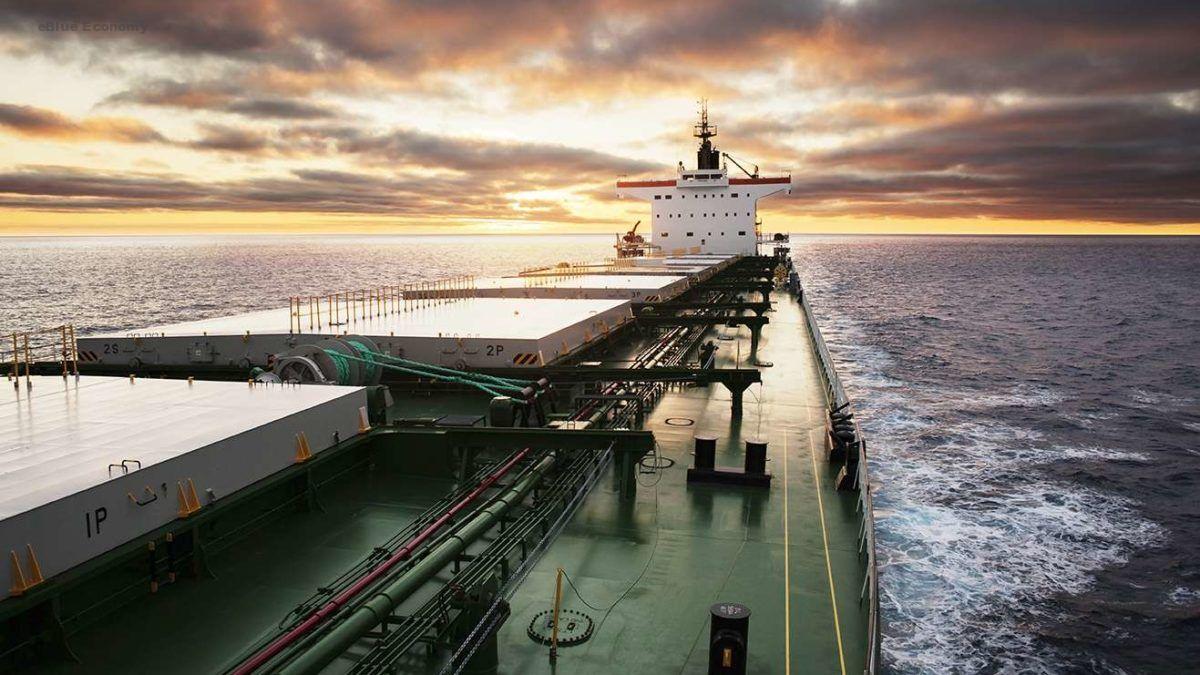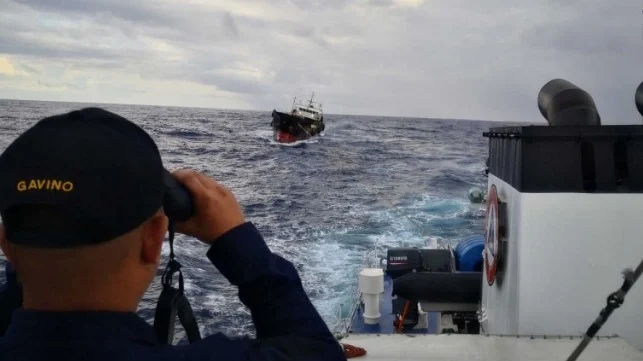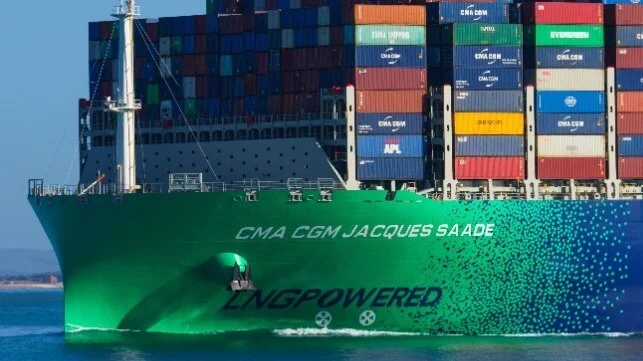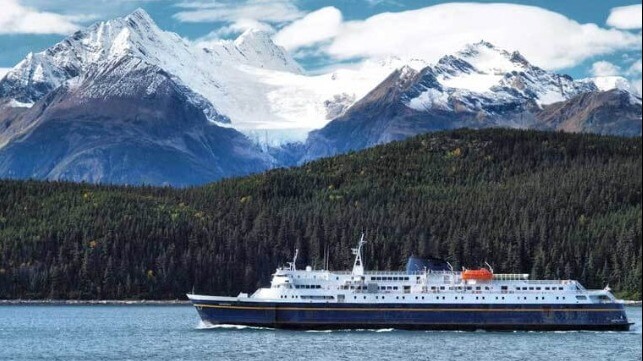A charter party is a written charter agreement or, in other words, the contract of carriage whereby a ship owner of a vessel agrees to place his ship, or part of it,
The charter party is a legal contract of employing a vessel. In shipping matters, it is a highly important document since it allocates obligations, rights, duties, liabilities, risks, earnings, costs and profits between the contracted parties, namely, the ship owner and the charterer.
A charter party is a written charter agreement or, in other words, the contract of carriage whereby a ship owner of a vessel agrees to place his ship, or part of it, at the disposal of a merchant/cargo owner (or a person who acts on behalf of a merchant) known as charterer, for the carriage of goods by sea from one port to another port on being paid freight, or to let his ship for a specified period, his remuneration being known as hire.
The main types of charter are the voyage charter, the time charter and the bareboat charter.
- Voyage charter party where the charterer employs the vessel for a specific voyage or voyages.
- Time charter party where the charterer has the use of the ship for a specific trip or most commonly for a period of time.
- Bareboat charter party where the registered owner passes transfers the complete control and management of the ship to the charterer. This form of charter party is not as common as the first two.
Ship owner’s Obligations in Voyage Charter
An initial obligation of the ship owner at the voyage charter is the proper description of his vessel. The description of the vessel in the voyage charter is less detailed comparing with the time charter.
When the voyage begins, the implied undertaking is that the ship shall be seaworthy for that particular voyage and cargo worthy for the cargo to be carried.
- The vessel must be seaworthy at the time of sailing;
- The vessel must be fit to receive the particular cargo at the time of loading.
- A defect arising after the cargo has been shipped is no breach of this undertaking. The carrier is liable for loss or damage to the goods caused by the vessel’s unseaworthiness or uncargoworthiness and the defenses and limits of liability apply whether the action founded in contract or in tort. The defenses and limits of liability are available to the ship owner and his servants or agents.
- If the charterer discovers that the ship is unseaworthy before the voyage begins, and the defect cannot be remedied within a reasonable time, he may repudiate the contract. After the voyage has begun, the charterer is no longer in a position to rescind the contract, but he can claim damages for any loss caused by initial unseaworthiness.
Charterer’s Obligations in Voyage Charter:
- In a voyage charter, the charterer is under an implied obligation to nominate safe ports for the cargo to be loaded and discharged.
A port is safe when the particular ship can reach it, use it and return from it without, in the absence of some abnormal occurrence, being exposed to danger which cannot be avoided by good navigation and seamanship. The charterer must exercise his right to nominate a safe port in due time since delay on his part may cause damages to the ship owner.
- He must not ship dangerous goods without first notifying the ship owner of their particular characteristics. The charterer will be liable to indemnify the owner for any property damage or personal injury arising from loading or carriage of dangerous cargo (such as where cargoes are corrosive or explosive);
- He must procure the appropriate quantity and quality of the cargo (described at the charter party).
- He must load in the stipulated time (known as lay time), otherwise the charterer will have to pay demurrage or damages for detention as the case maybe.
- He must load a full and complete cargo. Where the charterer fails to load a full and complete cargo, the ship owner has the right to claim dead freight and obtain other cargo in order to minimize the loss.
Shipowner’s & Charterer’s Obligations in Time Charter
In the case of a time charter, the charterer hires the vessel for a specified period of time, to employ it within certain trading and geographical limits. The length of the charter may be the time taken to complete a single voyage (trip time charter) or a period of months or years (period time charter).
In this case, the charterer, undertakes the commercial employment of the vessel, while the ownership and the commercial operation (i.e., operational management) of the vessel remain with the ship owner. This means that master and crew are appointed by the ship owner who is responsible for all costs appertaining to the running and manning of the vessel plus the capital cost.
The charterer determines the trading voyages of the ship and he nominates the ports (safe ports obligation). The charterer pays for all voyage expenses (port charges, canal dues, pilotage, light dues, ballast) and cargo handling costs (stevedoring, dunnage cleaning of the holds, loading and discharging costs). Most of all, the charterer is responsible for arranging and paying for bunkers.
The remuneration payable by the charterer is called hire and is usually paid in a fixed amount of US$ per day every 15 days, 30 days, or monthly. If the vessel is unable to trade for a period of time due to some fault of the ship and/or owners or due to an accident, the charterer does not pay for such “off-hire” periods.
















